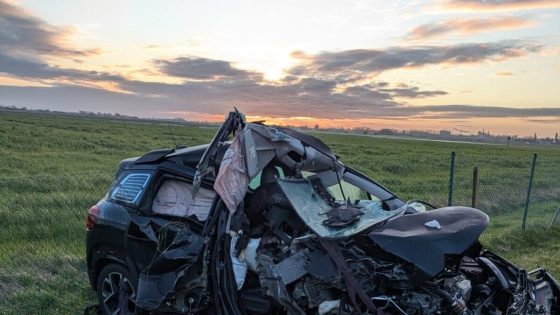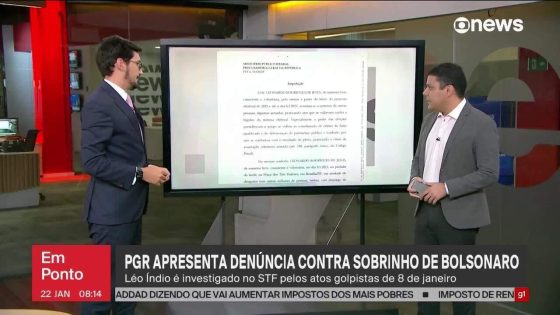On February 25, 2025, Korpschef Michel Goovaerts emphasized the need for a new approach to tackle youth violence in Belgium. He proposed a structure similar to Local Integrated Security Cells (LIVC) to monitor at-risk individuals closely. Could this be the key to preventing violent radicalization?
- Goovaerts advocates for new safety structure.
- Local Integrated Safety Cells aim to prevent radicalization.
- Follow-up on problematic youth is necessary.
- Mayors play a crucial role in solutions.
- Collaboration among various actors is essential.
Belgian Police Chief Calls for New Strategies Against Youth Violence
How can communities effectively manage youth behavior on critical nights like New Year’s Eve? Goovaerts believes that addressing problematic youths case by case is essential. He argues that collaboration between various stakeholders is crucial for success.
The Role of Mayors in Ensuring Community Safety
Goovaerts highlighted the pivotal role mayors play in community safety. They serve as vital links between law enforcement and citizens, possessing the moral authority needed to unite efforts against crime.
The Importance of Collaboration Among Local Authorities
A united front can lead to more effective solutions. Here are some key points on collaboration:
- Mayors bring together diverse community actors.
- Information sharing enhances problem-solving capabilities.
- A coordinated response can effectively target at-risk youths.
- This model fosters trust between police and communities.
Coping with Youth Radicalization: A Collective Effort
Tackling youth radicalization requires a comprehensive strategy involving multiple stakeholders:
- Regular meetings among police, mayors, and social services.
- Engaging families and schools in preventive measures.
- Cultivating awareness programs about risks associated with radicalization.
































